A group of pollen grains under the microscope pics
July 28, 2023 Table of Contents What is Pollen? Requirements for Pollen Microscopy Sample Collection for Pollen Microscopy Observation of Pollen Under Stereo Microscope Observation of Pollen Under Compound Microscope Observation Pollen Tubes under Microscope Observation of Pollen Under Electron Microscopy FAQ What is Pollen?
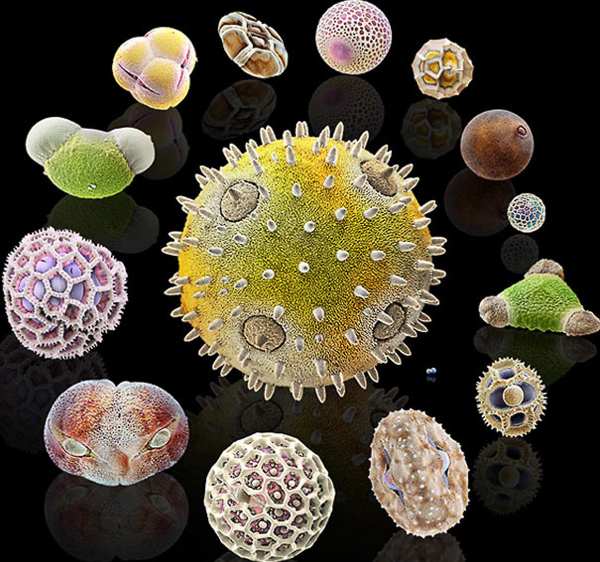
Grains of pollen as seen by an electron microscope Boing Boing
Download scientific diagram | Pollen grain microphotographs under light microscope (A-D) and scanning electron microscope (E-H), and seed micrographs under scanning electron microscope (J-K) of.
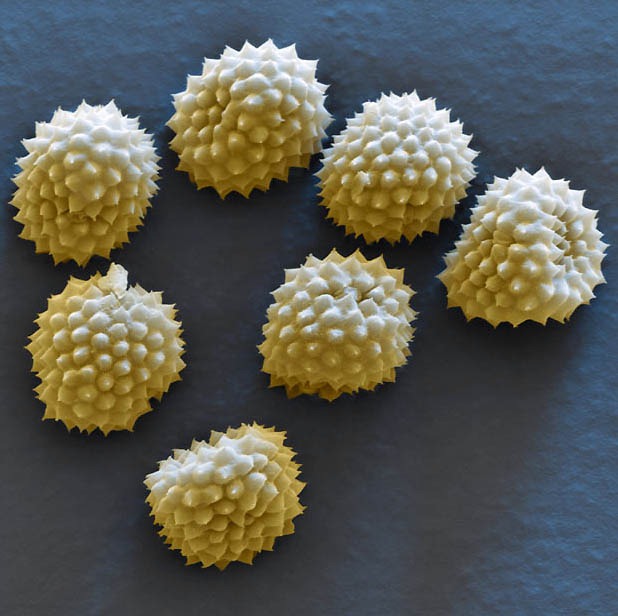
Pollen Grains Under Microscope Amusing
Monocolpate Monocolpate: Pollens with one furrow and without an associated pore or transverse furrow. Monocolpate pollens are found in the Liliaceae (Lily Family) primarily. ( Click here for more images in this category.)
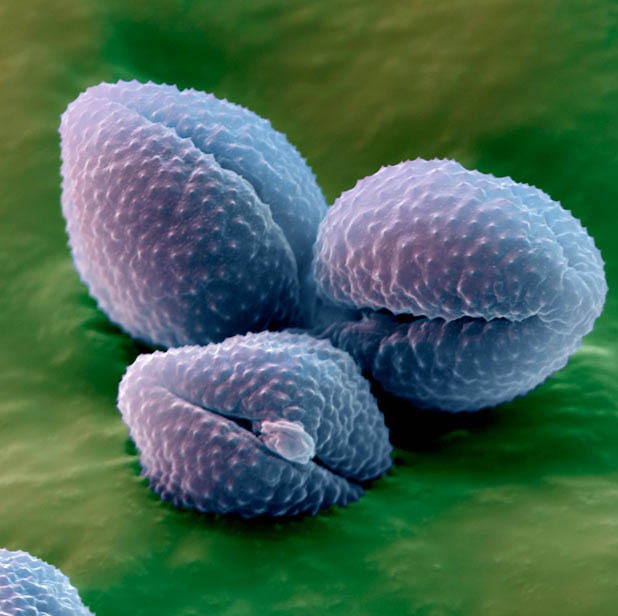
Pollen Grains Under Microscope Amusing
Pollen grain recognition is commonly performed by visual inspection by a trained person. An alternative method for visual inspection is automated pollen analysis based on the image analysis technique. Image analysis transfers visual information to mathematical descriptions.
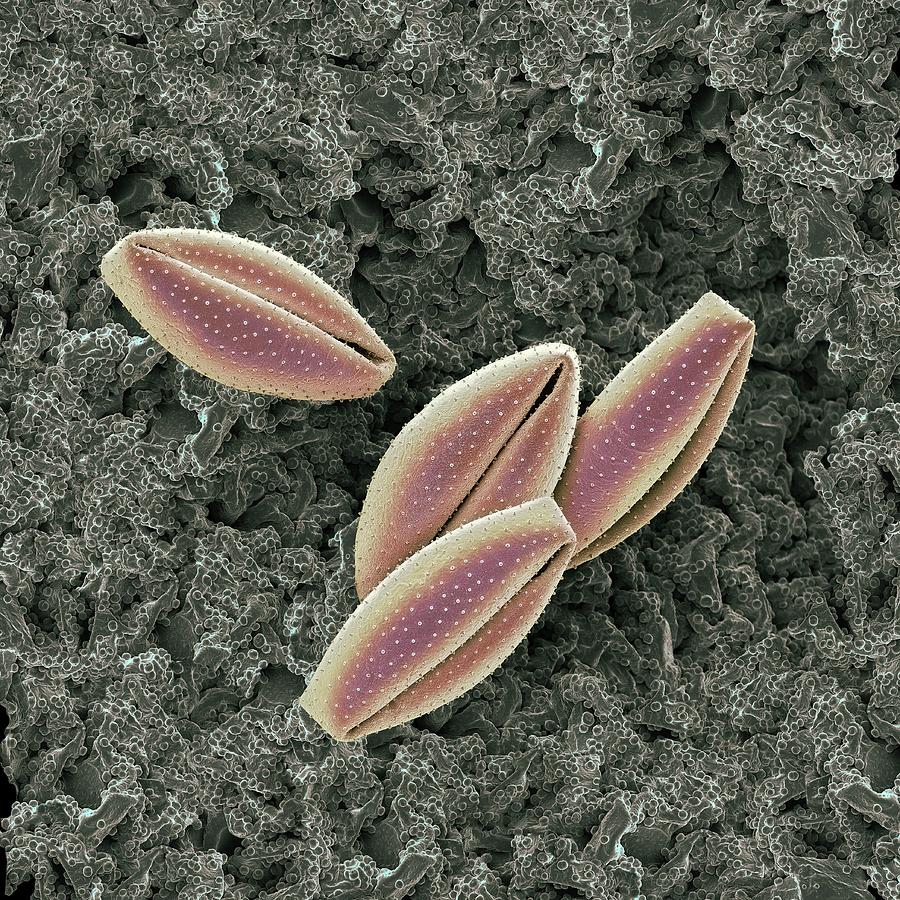
Lily Pollen Grains Photograph by Martin Oeggerli/science Photo Library
Pollen Grains Under the Microscope - MVA Scientific Consultants Pollen Under the Microscope by Pollen is a fine powdery substance, consisting of microscopic grains released from the male part of a flower or from a male cone. The pollen is transported by the wind, insects, or other animals.
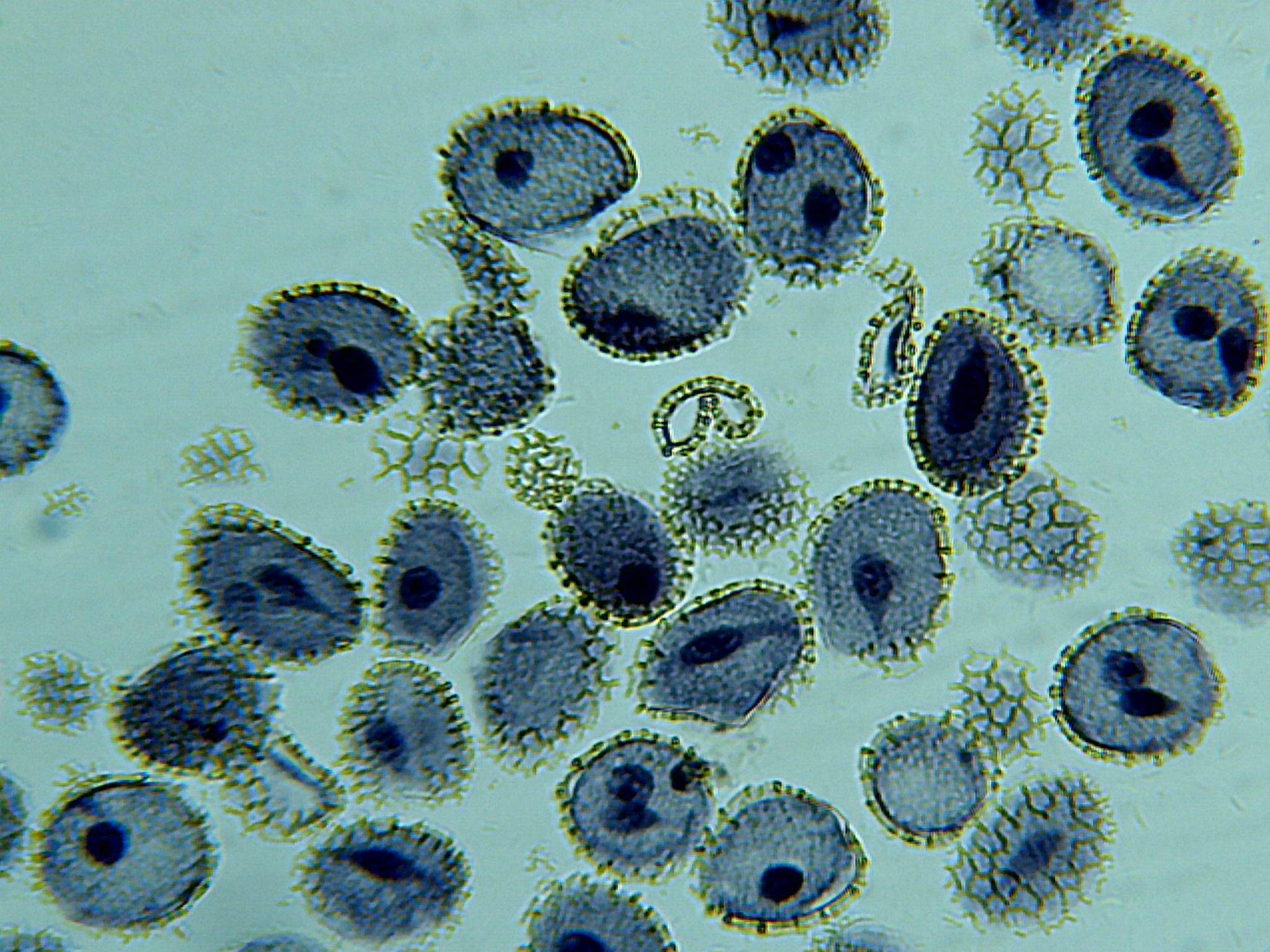
Lily Anther Pollen Microscope Images at Orion Telescopes
Pollen Under The Microscope Methods, Techniques and Observations What is Pollen? Pollen is a small grain that consists of a few cells. To the naked eye it appears as a yellowish (pale yellow) dust-like substance that is either dispersed by wind or insects.
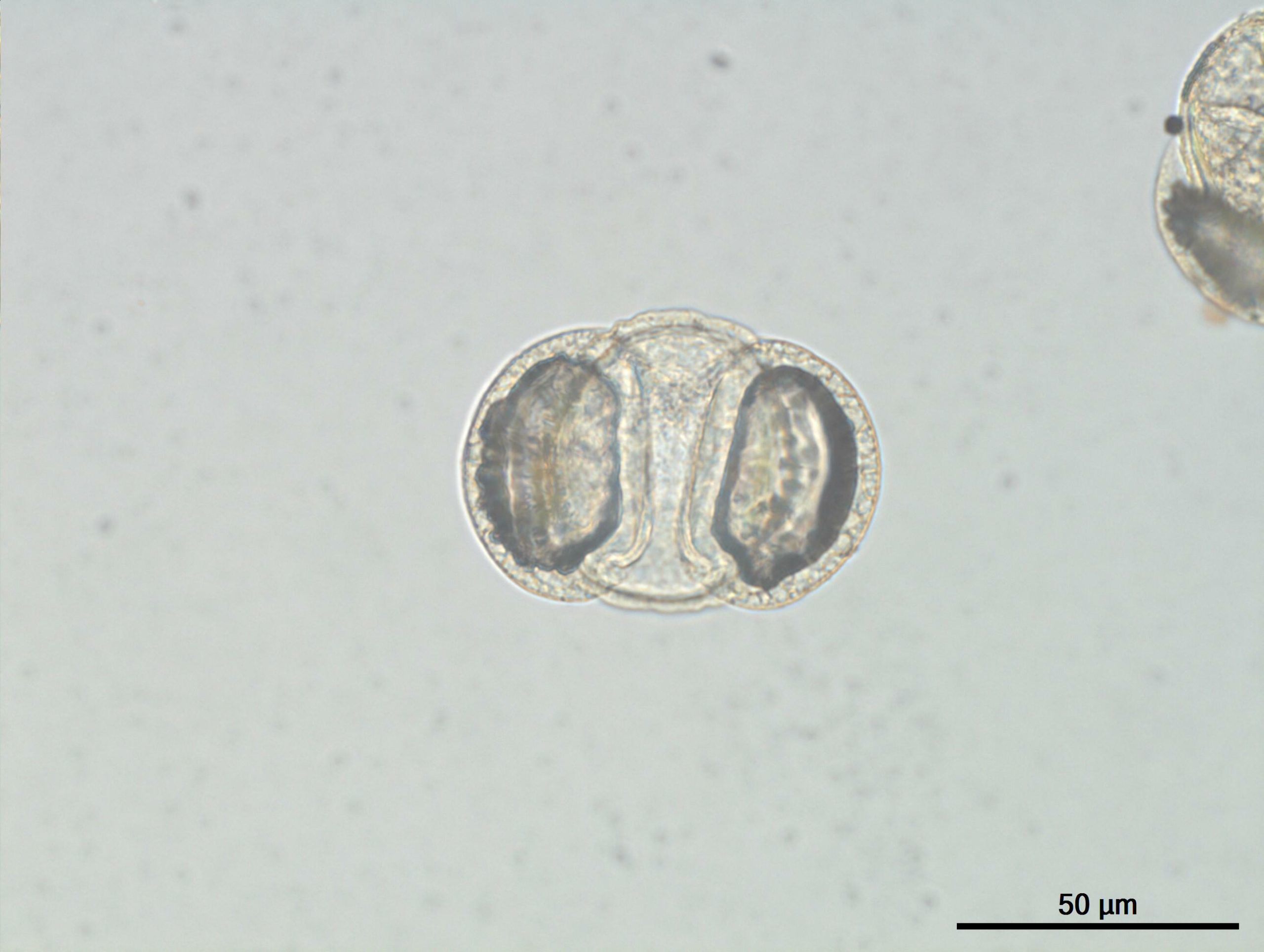
Pollen Grains Under the Microscope MVA Scientific Consultants
We also checked non-acetolyzsed pollen grains from both cultivars under a light microscope, to confirm the preparation method had not significantly affected pollen morphology (Supplementary Fig. S6).
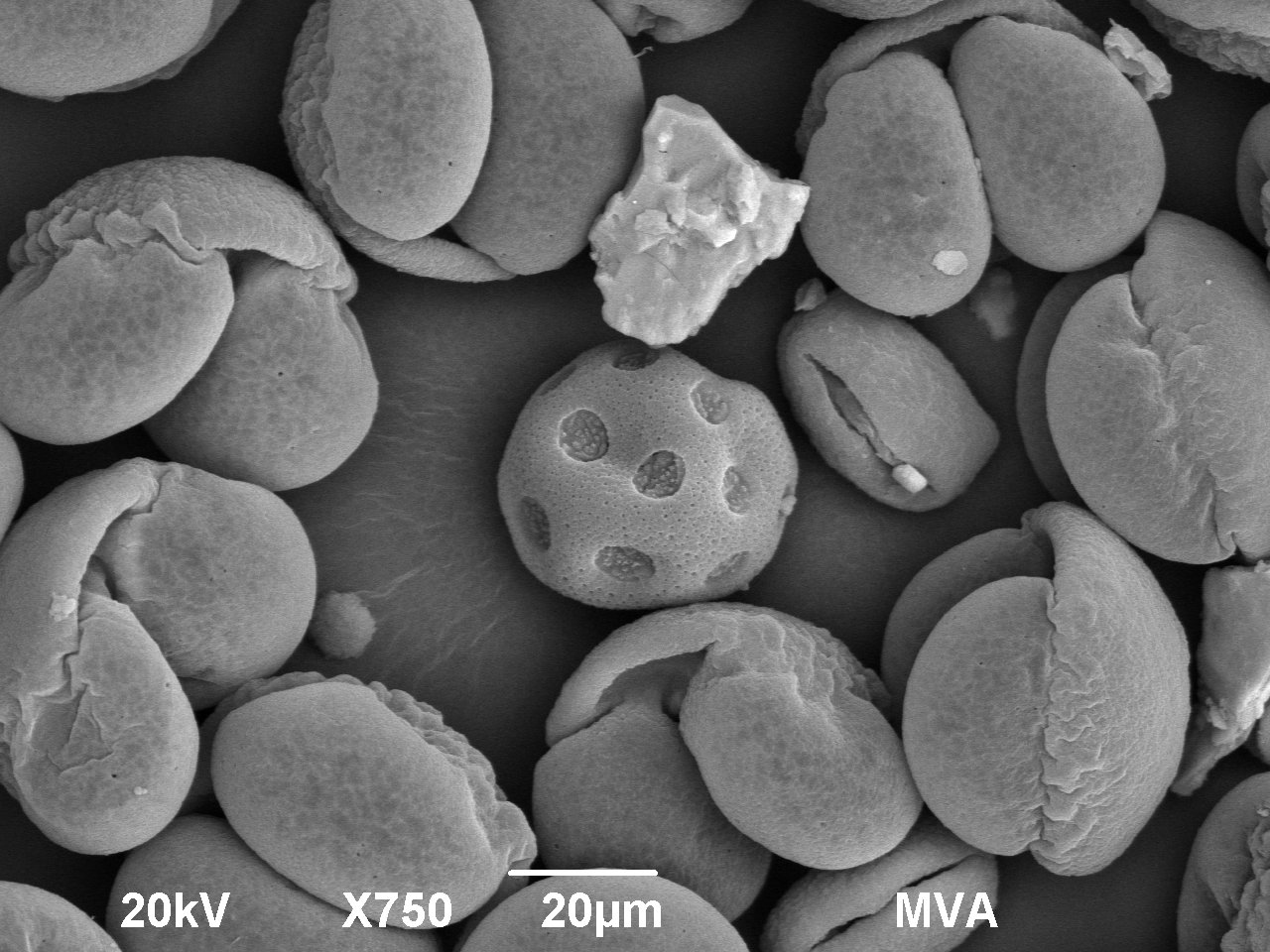
Pollen Grains Under the Microscope MVA Scientific Consultants
The largest pollen grains are around 200 µm in diameter, and the smallest are less than 10 µm, so you need a microscope to study them. At 100× you can see the grains, at 400× you can start to see details, and at 1000-1500× you can see enough details to make a good drawing.
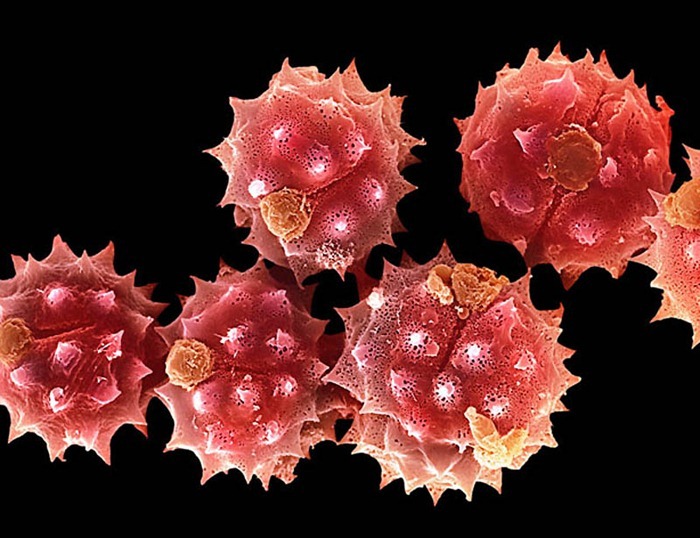
Pollen Grains Under Microscope Amusing
It's worthwhile viewing the washed grains (still in a little alcohol) under a stereo microscope (ca 40X or greater for larger pollen types) as the 50% glycerine is added; the hydration and swelling of the grains is interesting to watch.
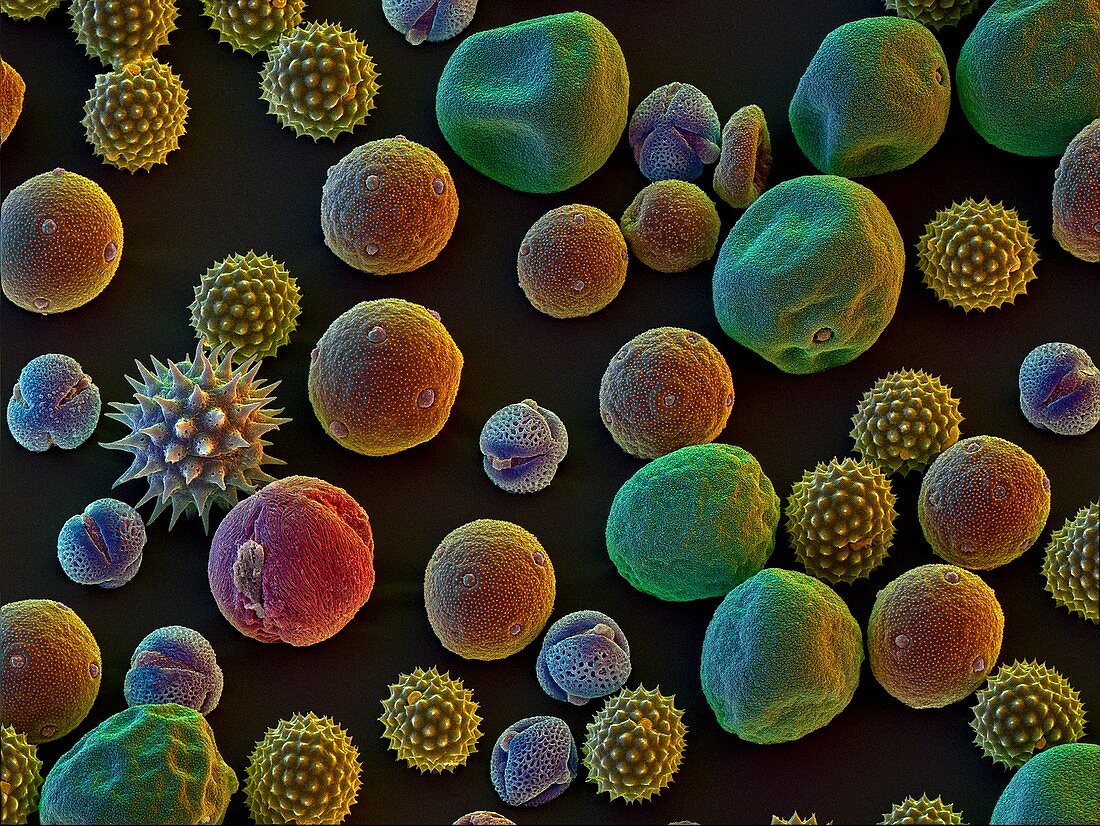
Assortment of pollen grains Bild kaufen 11539239 Science Photo Library
Analysis of pollen material obtained from the Hirst-type apparatus, which is a tedious and labor-intensive process, is usually performed by hand under a microscope by specialists in palynology. This research evaluated the automatic analysis of pollen material performed based on digital microscopic photos.
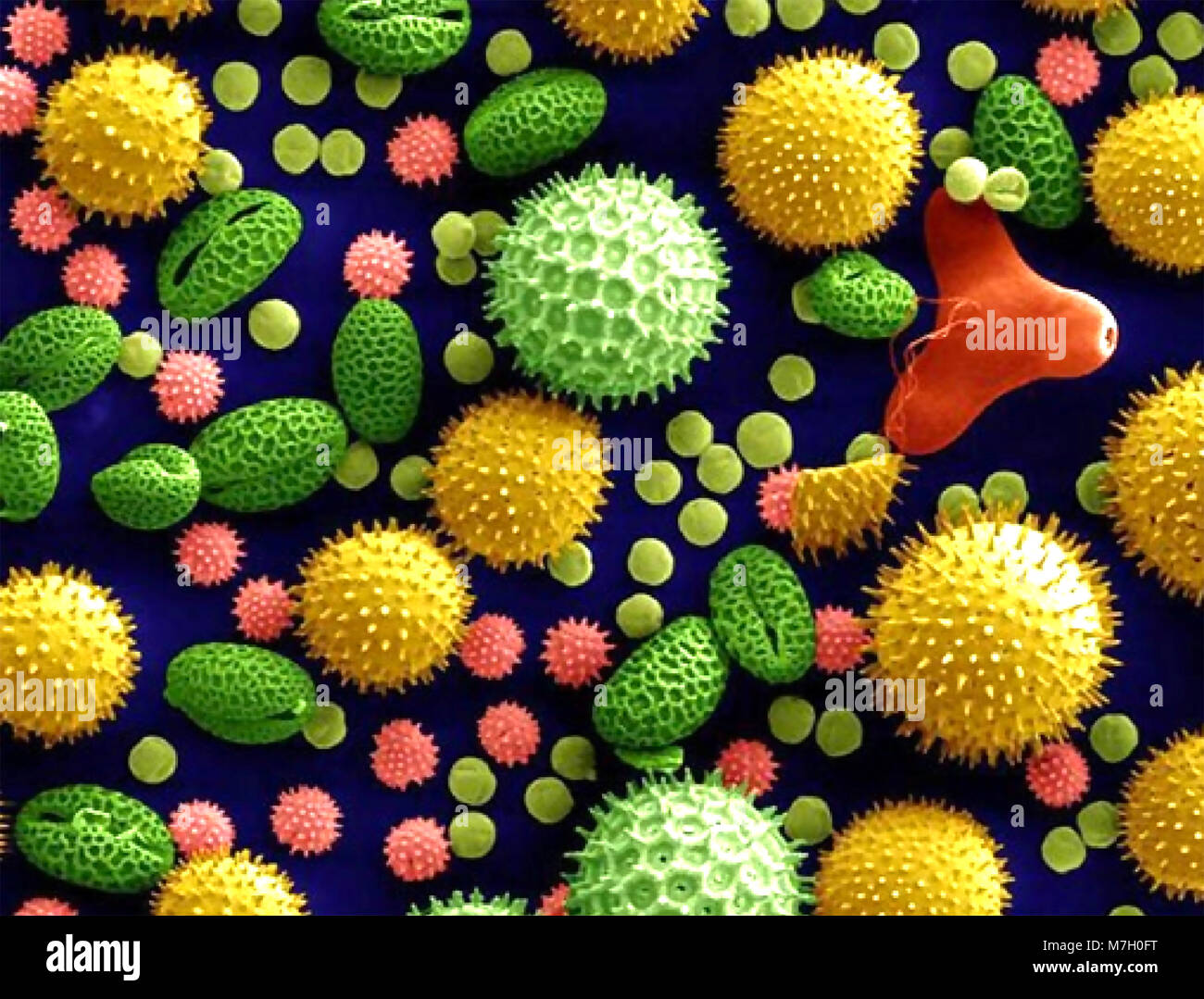
POLLEN grains under an electron microscope. Photo Courtesy of Dartmouth Electron Microscope
Pollen grains are produced by meiosis of microspore mother cells that are located along the inner edge of the anther sacs. [In this figure] The anatomy of a flower. The stamen is a male part of the flower. The stamen contains filament and anther where the pollens are produced. The stigma is a female part of the flower. The structure of pollen

Pollen Grains Under Microscope Amusing
To observe pollen grains under a microscope, follow these steps: 1. Collect the pollen: Choose a flower that is in full bloom and gently tap the anthers to release the pollen grains onto a clean glass slide. Alternatively, you can use a fine brush or forceps to collect the pollen from the anthers. 2.

Microscope World Blog Pollen under the Microscope
A ctual pollen is merely the best-known subject of study, and the most spectacular. Under a microscope, the individual grains of pollen from different species can look like soccer balls, sponges, padded cushions, coffee beans, or burr balls from the sweetgum tree.

Pollen Grains Under Microscope Amusing
1. Introduction The analysis of natural microscopic images is the basis of many technological developments in fields such as medicine or biology [ 1, 2, 3 ]. The automatic detection of objects in images captured with an automated microscope is a challenge for many types of natural samples due to the variability of the environment.

Smithsonian Insider Research collection of pollen grains given to Smithsonian Tropical
Pollen grain recognition is commonly performed by visual inspection by a trained person. An alternative method for visual inspection is automated pollen analysis based on the image analysis technique. Image analysis transfers visual information to mathematical descriptions.

Lily Anther, Mature Pollen Grains, c.s., 12 µm Microscope Slide Carolina Biological Supply
Additionally, given their remarkably symmetrical structure and surface patterns, fresh and preserved pollen grains are readily recognizable under the microscope. Characteristics such as the exine sculpturing and the size and number of apertures through which the pollen tubes grow are useful as taxonomic tools. The structure of a pollen grain is.